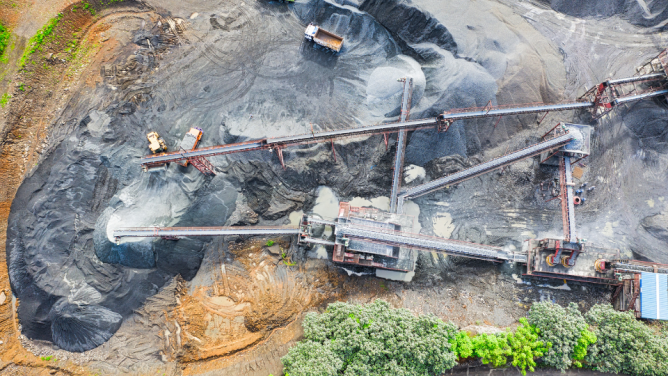In this era of profound evolution in urban planning and construction, GHG emissions have become a major challenge for the concrete industry. Industrialists and researchers have therefore initiated the revolution of the sector. Smart and multifunctional, concrete in future will be an essential element of resilience for smart cities. We explore below the innovations and promises of the concrete of tomorrow.
Recycling and Alternative Constituents
To meet stringent environmental requirements, researchers have placed a major emphasis on recycled concrete aggregates (RCA), the use of which seems particularly promising. Although still in the research phase, the so-called “recarbonation” process could enable the development of CO2 storage wells: allowing the storage of 15 million tonnes of CO2 per 100 million tonnes of RCA. A “CO2 absorbing” concrete? This idea is also being explored by Solidia Technologies, which is developing a new generation of cement where some of the water is replaced by carbon dioxide. Moving further away from current practices, researchers are also turning to alternative compositions, with the aim of reducing the use of cement. In addition to hemp concrete and flax concrete, other projects are currently in the pilot phase. The Swiss National Fund for Scientific Research has developed a load bearing concrete that integrates wood. In France, Argilus is working on a “clayey” cement.
Un béton plus intelligent et plus intégré
Au-delà du Graal de la composition optimale, des recherches poussées mêlant génie civil, informatique, chimie et physique se portent sur le « Smart Concrete ». Ce béton aurait toutes les qualités d’un organisme biologique à l’intelligence augmentée : capable de s’auto-diagnostiquer, de s’auto-réparer ou encore de s’adapter aux conditions extérieures.
Des bétons auto-réparants pourraient combler leurs fissures grâce à l’introduction d’une bactérie. Et le béton des routes sera capable de faire fondre la neige en captant la chaleur ; avec des bétons autonettoyants, il serait possible de détruire les corps gras, comme le diesel, qui endommagent les infrastructures.
La valeur ajoutée de ce nouveau béton viendra aussi de la data. Le béton traçable est déjà une réalité. Grâce à des puces intégrées lors de la fabrication, on peut connaître la composition, le nom de l’industriel, etc. Mais pas seulement ! Les données permettent de suivre l’état des structures et des matériaux, et ainsi d’optimiser la durabilité des ouvrages, pour une empreinte écologique réduite sur le long terme.
Smarter and More Integrated Concrete
Beyond the holy grail of the optimal composition of concrete, advanced research combining civil engineering, computer science, chemistry and physics is focusing on “Smart Concrete”. This concrete would have the qualities of a biological organism, with enhanced intelligence: an ability to self-diagnose, self-repair and to adapt to external conditions.
Self-repairing concretes could fill cracks with the introduction of a bacterium. And the concrete in roads may be able to melt snow by capturing heat, while self-cleaning concretes, may be able to destroy greasy substances, such as diesel, which can damage infrastructure.
The added value of this new concrete will also come from the data. Traceable concrete is already a reality. Due to the use of integrated chips during manufacture, it is possible to know the composition, manufacturer’s name, etc. But not only this! The data make it possible to monitor the condition of the structures and materials, thus optimizing the structure durability for a reduced ecological footprint over the long term.


